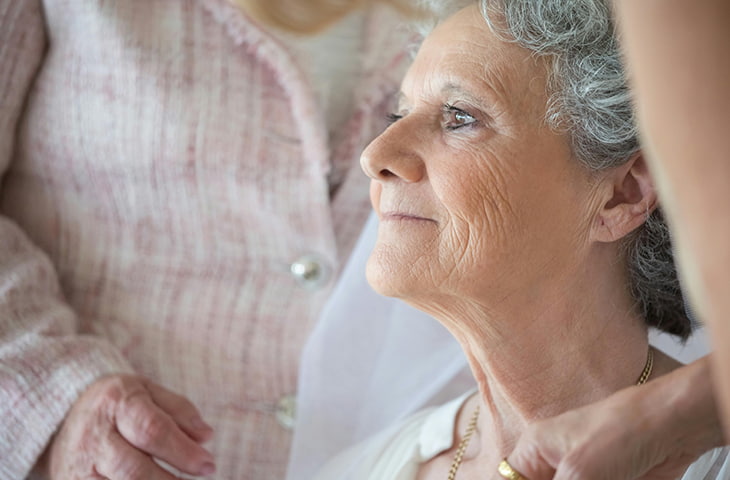Caregiving Technology And Improved Quality Of Life

Hemodialysis and peritoneal dialysis began as a form of treatment for kidney disease in the 1940s. “At first, treatment in the home [by doctors] was the only method that was permitted,” Gedney says. Clinics started popping up in the ’80s, and dialysis moved to those settings. In 2005, a consumer home dialysis machine, made by NxStage, was cleared for the market by the FDA. But, Gedney says, “it was slow to take off.” Today, despite widespread home-dialysis capability, more than 85 percent of Medicare-covered patients in the U.S. with end-stage renal disease travel to a dialysis center for treatment three times a week, according to CMS.
Gedney says she is tracking “eight new devices” in the pipeline that will provide even better home dialysis, but adds that one problem is a lack of infrastructure — trained personnel, transportation and willing patients.
The Human Touch
While special devices, remote monitoring and telehealth are becoming a routine part of care, many patients still don’t think talking to a screen (or a voice assistant) is a satisfying experience. According to one October 2021 study — spearheaded by NPR, the Harvard T.H. Chan School of Public Health and the Robert Wood Johnson Foundation — 64 percent of households using telehealth said they would have preferred an in-person visit.
They may be in luck. Part of the trend in at-home care includes medical professionals on your doorstep. Since 2013, Landmark Health, based in Huntington Beach, California, has been sending medical teams to make house calls. Landmark contracts with health insurance plans —mostly Medicare Advantage plans, says Carissa Foley, a nurse practitioner and advanced practice clinician supervisor. “For most people, it is a free program; we’re an adjunct to primary care with seven-day-a-week urgent visits, if a person needs it. There’s nothing like seeing patients at home.”
With all these efforts, a key goal is to keep people out of the hospital. “With our aging baby boomers, we’re going to run out of space, so this has to happen. And people want it to happen,” says Michael Maniaci, M.D., physician leader for Mayo Clinic’s Advanced Care at Home program. “If we can do it safely, and with high quality to provide the best experience, it’s how the medical community and the future of health care survive in this country.”
Ann Oldenburg, a former USA Today reporter, is assistant director of Georgetown University’s journalism program. She has a master’s degree from Georgetown’s Aging & Health program.
Popular Products
-
 Foldable Metal Tripod Stand Flute or ...
Foldable Metal Tripod Stand Flute or ...$37.99$25.78 -
 Ergonomic Memory Foam Foot Rest for U...
Ergonomic Memory Foam Foot Rest for U...$101.99$70.78 -
 Universal Exercise Bike Pedals with N...
Universal Exercise Bike Pedals with N...$146.99$101.78 -
 Leg Stretcher Strap with 10 Loops for...
Leg Stretcher Strap with 10 Loops for...$27.99$18.78 -
 Silicone Hand Gripper & Ring Finger S...
Silicone Hand Gripper & Ring Finger S...$44.99$30.78